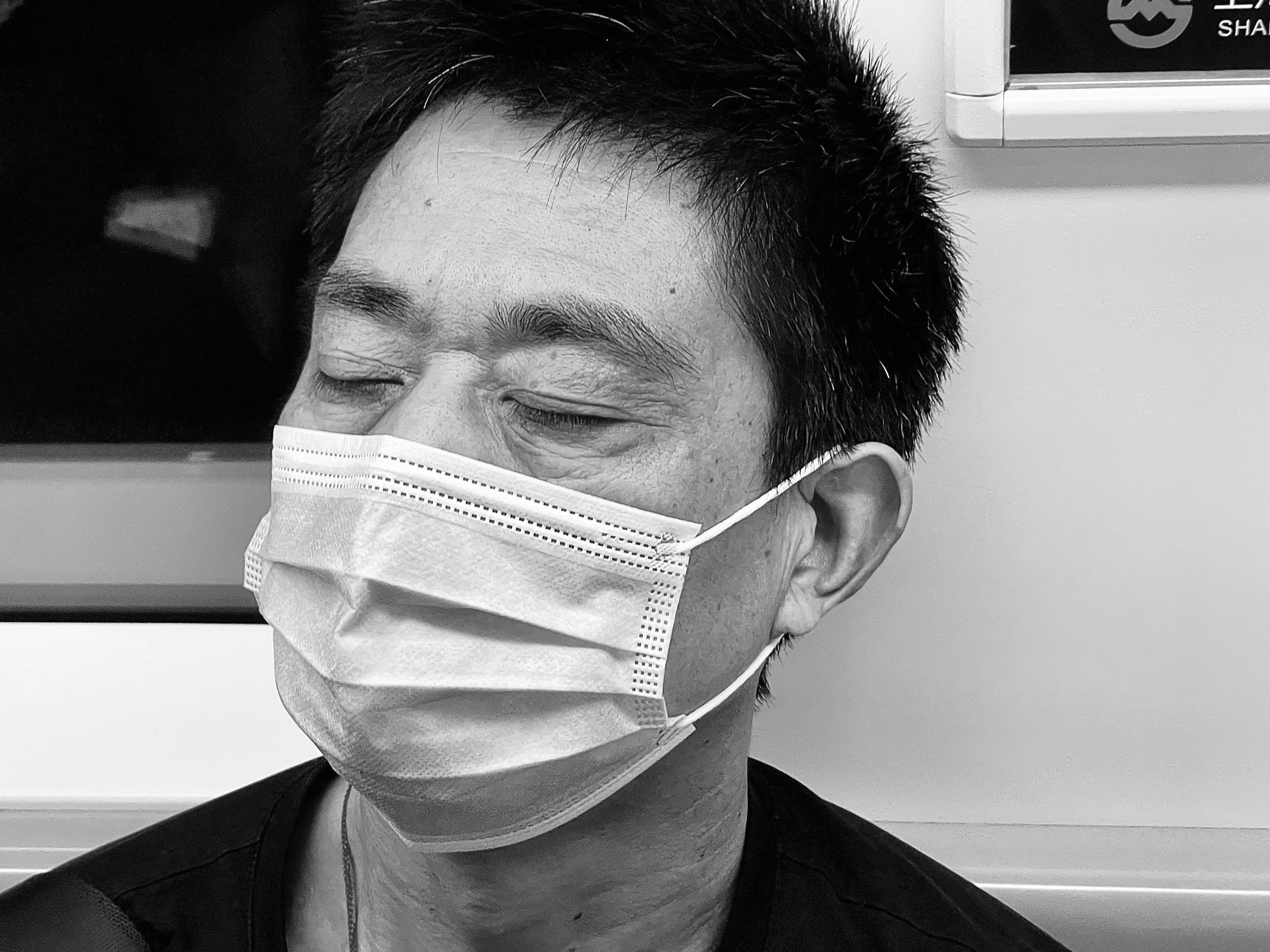Some Types of Autoimmune Disorders More Common in Asians
By Najla Zaidi | 01 Dec, 2025
No "Asian autoimmune disease" exists, but some conditions are occur at a higher rate among Asians than other races.The immune system becomes dysregulated in autoimmune diseases, causing it to attack the body's own tissues.
Autoimmune disease occurs when the immune system overreacts, causing the body to attack and damage its own tissues. Lupus, Sjögren's Syndrome and Vitiligo are the three main autoimmune disorders that occur at higher rates in Asians compared with counterparts in other populations.
Lupus, or systemic lupus erythematosus (SLE), is a chronic disease in which the body’s immune system attacks healthy tissues and organs. Symptoms include joint pain and swelling, fatigue, and a butterfly-shaped rash on the cheeks. The prevalence rate for Asians was 75.5 per 100,000 overall and 118.5 per 100,000 among women, according to a study by the Manhattan Lupus Surveillance Program (MLSP). By comparison, the prevalence rates for whites was 51.4 cases per 100,000 women per year and 84.6 for Hispanics. However, Asians and Hispanics were diagnosed with lupus more frequently than whites and they had more aggressive disease. One of the most troublesome complications of lupus is kidney disease.
The study showed that 53.2 percent of Asians had kidney disease compared to 49.4 percent of Hispanics and 25.4 percent among whites. Filipinos were affected at unusually young ages. Asians and non-White groups with younger age at diagnosis had greater organ damage than Whites. Lupus nephritis, one of the most severe manifestations of SLE, was also more common in Asians than in non-Asians per the University of California San Francisco California Lupus Epidemiology Study, with East Asians over 3-fold more likely than Caucasians to have lupus nephritis. In addition, East Asians were over twice as likely as Caucasians to develop end-stage kidney disease.
Sjögren's Syndrome (SS) is an autoimmune disorder that affects the salivary and tear glands and is more prevalent among individuals of Asian descent. Common symptoms include dry mouth and eyes, joint pain and fatigue. This syndrome can occur in the absence or presence of other systemic rheumatologic or autoimmune diseases such as SLE. Incidence of SS was statistically higher among non-Latina Asian (10.5) and non-Latina White women (6.2) compared with Latina women (3.2). Occurrence was also higher among non-Latina Asian women compared with non-Latina Black women. Differences were also found in the incidence of SS by race/ethnicity, highlighting higher rates among Asian women which had not been documented previously in the US.
Women were more often affected, with age-adjusted incidence rates being highest for Asian women, at 10.5 (95% CI 6.6-15.7) per 100,000 person-years, according to Peter M. Izmirly, MD, of NYU School of Medicine, and colleagues. The incidence rates were calculated overall by sex and race/ethnicity per 100,000 persons with a 95% Confidence Interval (CI). While the analysis specifically provided rate estimates for Manhattan, the city's ethnic diversity "also provided epidemiologic estimates for the major racial/ethnic populations in the U.S.," Izmirly and colleagues observed.
The third and final autoimmune disease that affects Asians at an alarmingly high rate is vitiligo. Vitiligo is an autoimmune skin disorder characterized by depigmented patches of skin. Although it is not life threatening, it can have significant negative psychological impacts. People of Asian ethnicity, especially South Asian populations have almost 5 times the risk of developing vitiligo compared to white ethnic groups, according to the National Institutes of Health (NIH). Vitiligo diagnosis was most common in Asian American patients at 0.27% per a 2023 study conducted in the United States.
One in 28 people of Asian ethnicity will develop vitiligo. And approximately 1 in 109 people will develop vitiligo over their lifetime. This risk is similar for both female and male individuals according to the British Journal of Dermatology.
People with vitiligo have a greater risk of depression, anxiety and sleep disturbance. In addition, vitiligo can cause a person to experience stress, stigmatization, low self-esteem and self-consciousness. Research indicates that approximately 15–25% of people with vitiligo have an additional autoimmune disorder, such as: autoimmune thyroid disease, type 1 diabetes, psoriasis pernicious anemia, an autoimmune condition of the stomach, Addison’s disease, a disorder of the adrenal glands, or SLE.
Research to uncover the underlying genetic and environmental factors that contribute to autoimmune diseases in Asian populations can lead to targeted therapies and possible preventative measures to help make all autoimmune issues a thing of the past.
Lupus, Sjögren's Syndrome and Vitiligo are the three main autoimmune disorders that occur at higher rates in Asian communities as compared to their counterparts in other populations.

US Asians had the highest estimated prevalence of SLE nephritis of all ethnic groups.
Asian American Success Stories
- The 130 Most Inspiring Asian Americans of All Time
- 12 Most Brilliant Asian Americans
- Greatest Asian American War Heroes
- Asian American Digital Pioneers
- New Asian American Imagemakers
- Asian American Innovators
- The 20 Most Inspiring Asian Sports Stars
- 5 Most Daring Asian Americans
- Surprising Superstars
- TV’s Hottest Asians
- 100 Greatest Asian American Entrepreneurs
- Asian American Wonder Women
- Greatest Asian American Rags-to-Riches Stories
- Notable Asian American Professionals

